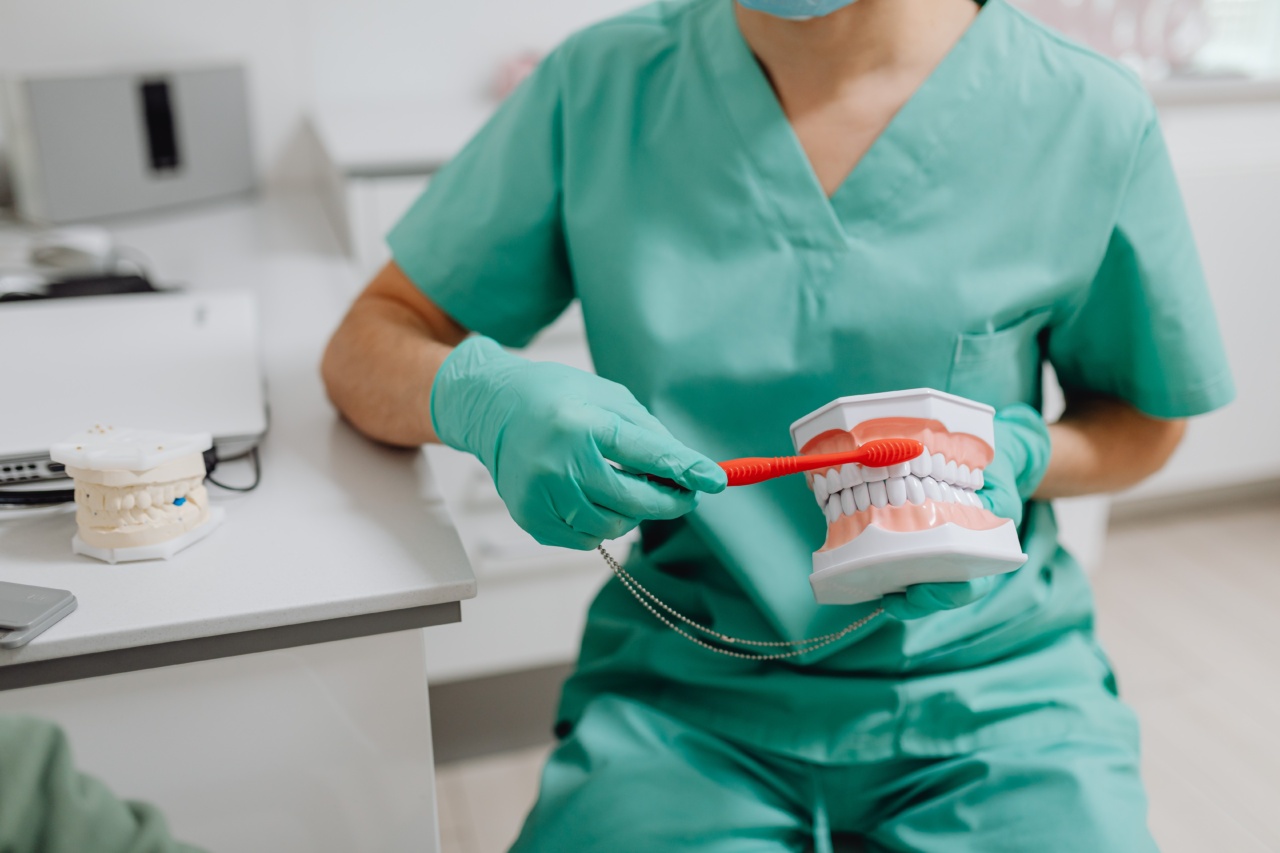Having clean and healthy teeth is essential for maintaining good oral hygiene and preventing dental problems such as cavities and gum disease.
While regular brushing is a vital part of our daily routine, many people are not aware of the correct techniques to achieve optimal results. In this article, we will provide you with a six-step brushing guide that will help you achieve cleaner teeth and a healthier smile.
Step 1: Choosing the Right Toothbrush
The first step towards cleaner teeth begins with selecting the right toothbrush. Look for a toothbrush with soft bristles, as hard bristles can damage your tooth enamel and cause gum sensitivity.
Make sure the toothbrush has a small head to reach all areas of your mouth easily. Electric toothbrushes can also be a good choice, as they are designed to remove plaque more effectively.
Step 2: Using the Right Toothpaste
When it comes to toothpaste, there are various options available in the market. It is essential to choose a toothpaste that contains fluoride, as it helps strengthen the tooth enamel and prevents tooth decay.
Fluoride also aids in remineralization, which can reverse early stages of tooth decay. Additionally, consider choosing toothpaste that targets specific issues such as sensitivity or tartar build-up.
Step 3: The Correct Brushing Technique
Now that you have your toothbrush and toothpaste, it’s time to learn the proper brushing technique. Start by wetting the bristles of your toothbrush and applying a pea-sized amount of toothpaste.
Hold your toothbrush at a 45-degree angle towards your gum line. Using gentle, circular motions, brush the outer surfaces of your teeth for about 2 minutes. Make sure to reach the back teeth as well.
Next, clean the inner surfaces of your teeth by tilting the brush vertically and using up-and-down strokes. Don’t forget to brush the chewing surfaces of your teeth and your tongue, as bacteria can accumulate in these areas too.
Be gentle while brushing to avoid causing any damage to your gums or enamel.
Step 4: Proper Brushing Frequency
Brushing your teeth at the right frequency is crucial for maintaining oral hygiene. Dentists recommend brushing your teeth at least twice a day – once in the morning and once before going to bed.
It is important to brush before bed to remove any food particles or plaque accumulated throughout the day. Additionally, consider brushing your teeth after consuming sugary or acidic foods and drinks to minimize their harmful effects on your teeth.
Step 5: Don’t Forget to Floss
Brushing alone is not enough to clean all areas of your mouth. Dental floss helps remove plaque and food particles from between your teeth and along the gum line, where your toothbrush cannot reach.
Incorporate flossing into your daily oral care routine to ensure that you clean all areas effectively.
Step 6: Regular Dental Check-ups
Lastly, make sure to visit your dentist regularly for professional cleanings and check-ups. Even with diligent brushing and flossing, there may be areas that are difficult to clean or signs of dental issues that only a dentist can detect.
Regular dental visits will help you maintain healthier teeth and address any concerns before they become more serious.
Conclusion
By following this six-step brushing guide, you can ensure that you achieve cleaner teeth and better oral health.
Remember to choose the right toothbrush and toothpaste, use the correct brushing technique, brush at the recommended frequency, floss daily, and visit your dentist regularly. These simple steps will go a long way in maintaining a healthy smile and preventing dental problems in the long run.




























